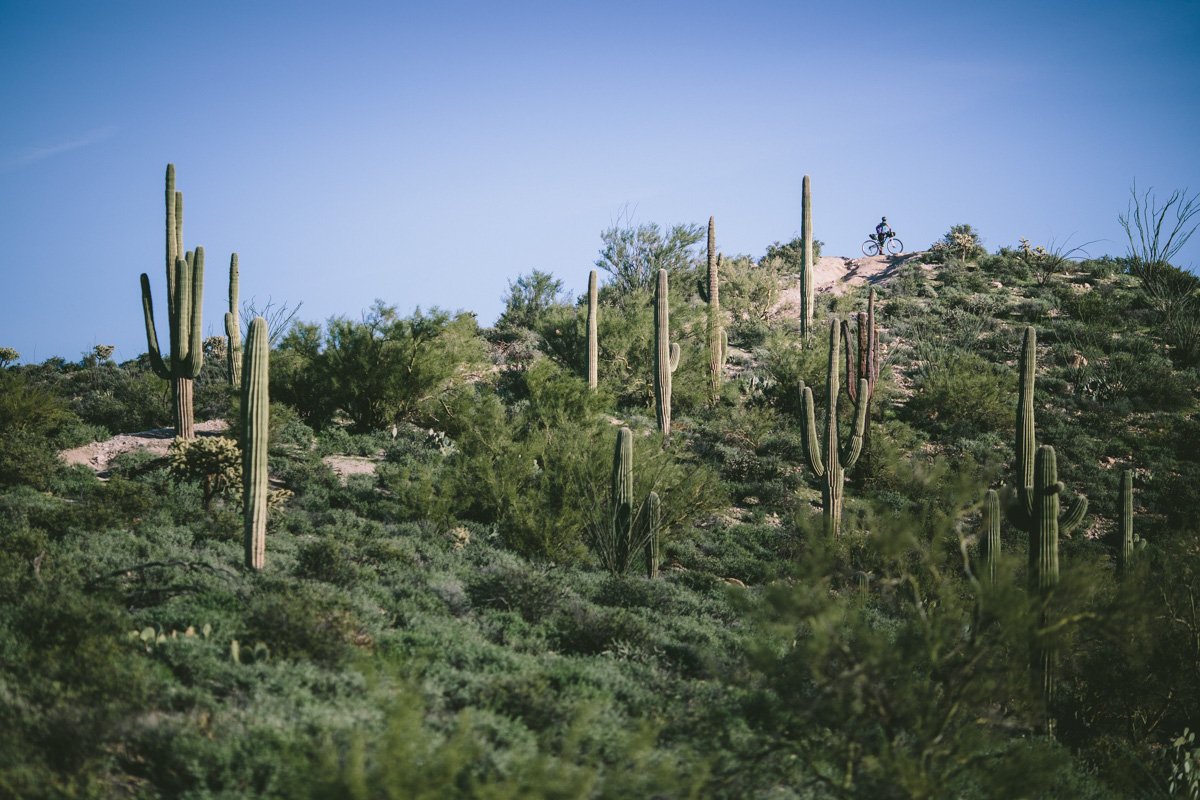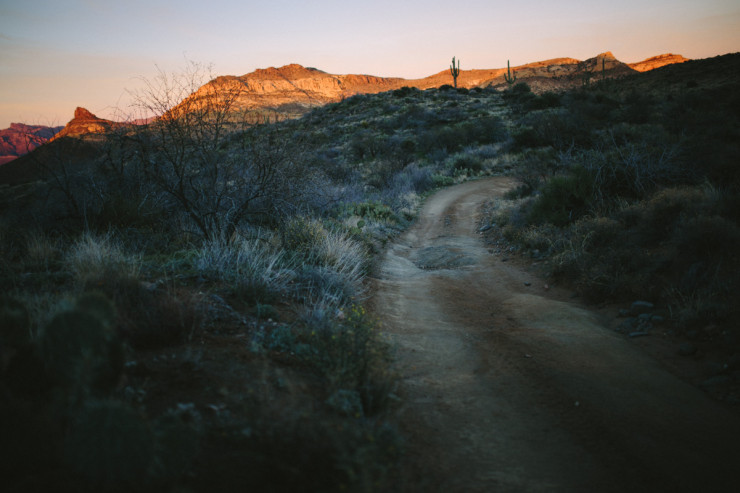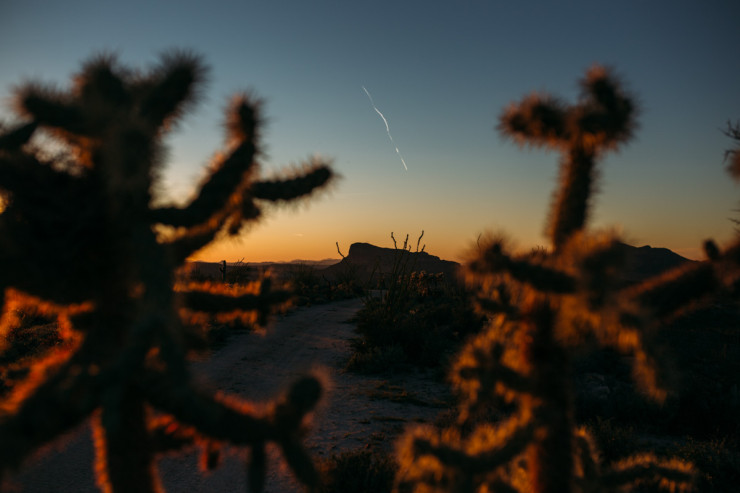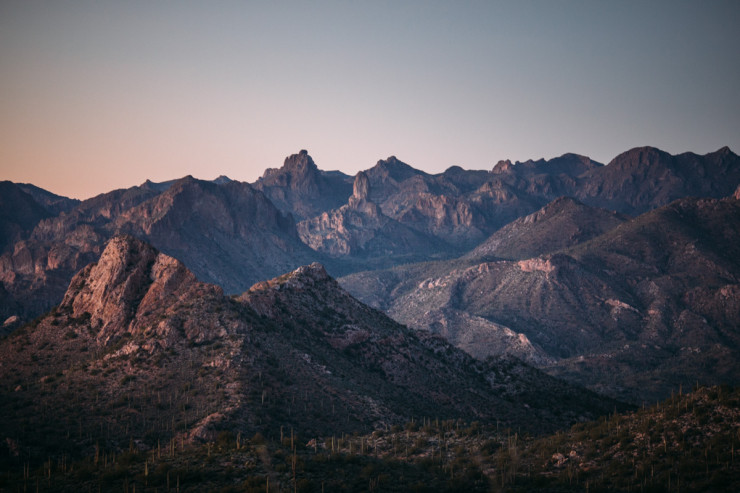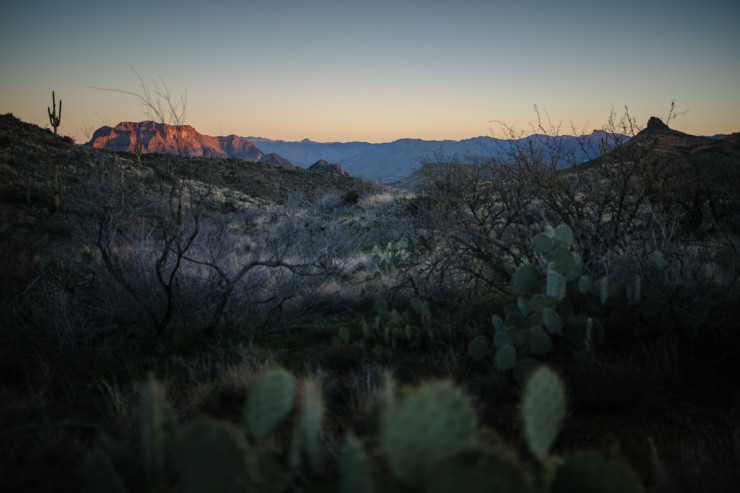Planning the Perfect Bikepacking Route: The short and sweet.
What makes the perfect bikepacking route? Here are some thoughts regarding this tricky, somewhat existential question…
A memorable bikepacking trip is often made so by the experiences enroute: bluebird weather with good friends, serendipitous twists, unforgettable follies, even those indelible, hike-a-bike sufferfests we look back upon with such rose-tinted fondness. But, digging a little deeper, the route itself plays a key role in creating this experience. Route planning is an art. The greatest routes are likely crafted by people who go beyond taking the time to simply explore, thinking through the selection of trails, dirt tracks and gravel roads in context to the ride as a whole, the land’s geology, and even the history hidden within its folds.
When we passed through Arizona back in February of 2015, I reached out to Scott Morris and asked for a few route recommendations. He more than insisted we ride The Gila River Ramble, a route Scott concocted and evolved over the last few years. So we did, and I am pretty sure it is as close to perfection as a route can get. So what was went into the creation of The Ramble? Here are a few points to consider:
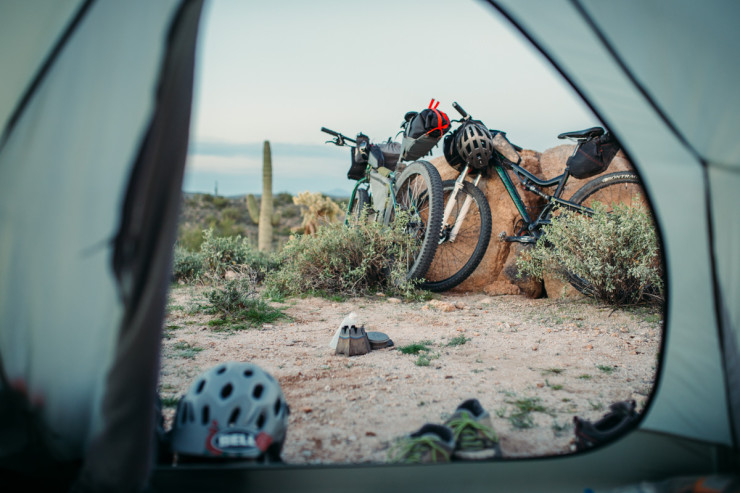
Keep it short, and epic.
As much as we love legendary, multi-month dirt crusades on foreign soil, we have a particular fondness for shorter routes in the 80-200 mile range. They provide the perfect escape for long weekends, which keeps them accessible to folks who may not have a month to spare for a big route such as the GDMBR. The Ramble is on the shorter end of this scale at only 101 miles, but it’s epic by design with a fair amount of hairy ridge rides, steep climbs, endless jeep tracks, and windy singletrack. It’s more of a ‘3 Day Sonoran Desert Saga’ than a rambling stroll as its name implies.
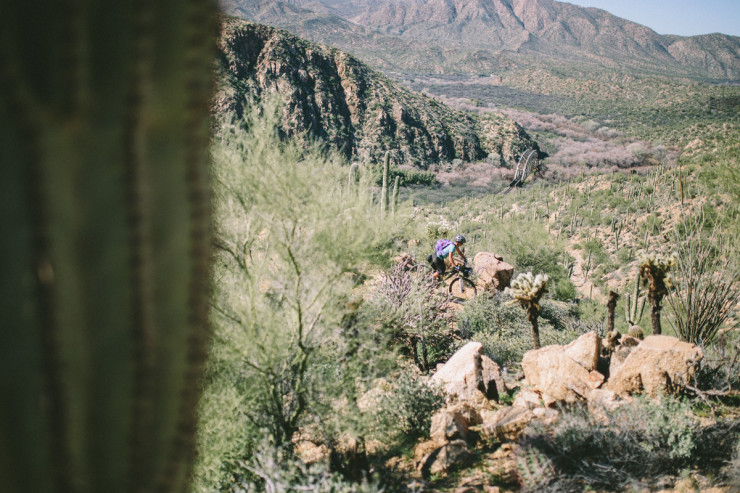
Loop it.
There are many great rides that exist in the form of a point-to-point route, but that can pose a few challenges. One way to approach a P2P route is as an out and back; but it’s never as much fun to retrace your steps and ride the same piece of trail twice. Other options for P2Ps are to shuttle the route using two cars, or for those who ride solo, throw caution to the wind and hitchhike back to the starting point. None of these three approaches are ideal and all add extra travel time. There is something to be said about a loop that starts and stops at the same place. Sometimes designing a loop involves the inclusion of a stretch of pavement, but the Ramble proved that it isn’t always the case.
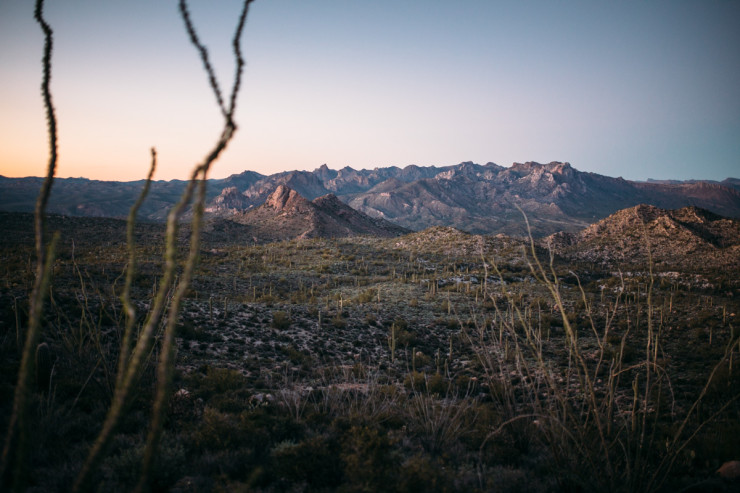
Leave room for adventure.
A good route gives you a frame of reference and guidance, but still allows for happenstance and adventure to be tapped within its boundaries. Sometimes a few thrilling exploits are provided by the wilderness at hand, weather, or chance encounters. But a good route usually throws a couple of curveballs, like the massive overgrown willows section on the Stagecoach 400, or the gator infested river crossings on the Huracan 300.
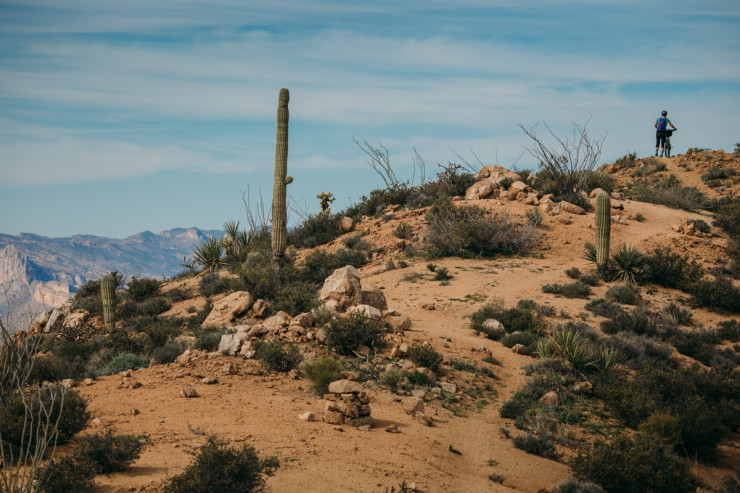
Have a main course.
The recipe for a perfect route starts with an primo chunk of geologic terrain, a beautiful National Forest, stunning countryside, or a place of historical context. Ideally the route hinges on an incredible stretch of dirt road, gravel, or featured trail, as does the Ramble with a gorgeous slice of the AZT serving as the beginning and end of the route. The Ramble also traverses the Superstition mountains, which are a sight to behold.

Balance the flavors.
Other ingredients may include a few scenic viewpoints, meandering dirt roads, excellent camping options, challenging technical sections, and heart-in-throat climbs. Balance is key. An incredible route is a perfectly timed ratio of torture and bliss, one that will have you heaving mental fistpumps to the route’s creator and cursing him or her shortly thereafter. It is an intricate weave of struggle vs bounty, focus vs drifting, and work vs rest.
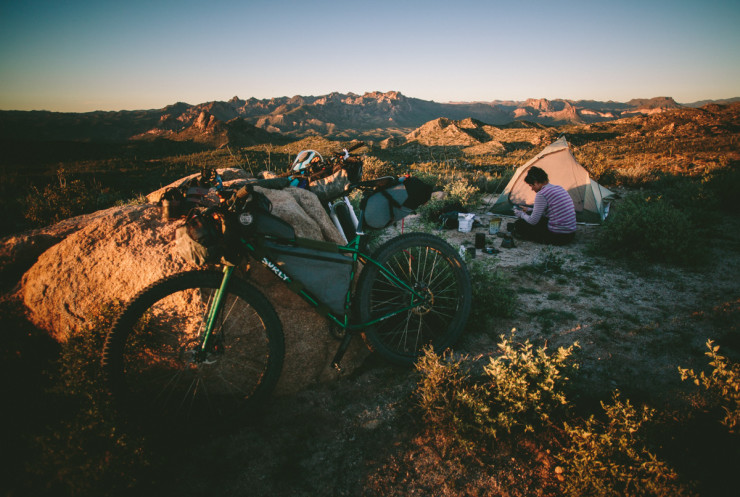
Scott’s ridden the Ramble more times than I have fingers, and for good reason, it ticks all of the boxes mentioned above. So when I asked him how he came up with it, here’s what he had to say:
Something about the unique geology and the flowing river (rare in our desert state) make the lower Gila a special place. Over the years, the riding has always been good. But when the Arizona National Scenic Trail was completed in 2011, rambling in the Gila went from good to one of the best places to bikepack, period. The 40 mile stretch of AZT serves as the backbone of the route, but let’s face it, even the most die-hard singletrack fanatics don’t want to ride hard trail for days on end. The key to the perfect route, in my opinion, is balancing trail with connecting dirt roads that let you look up and lose yourself in the scenery (or recover a little). Add in the option to resupply or stay in the wilds with what you brought, and you have the recipe for what may be the ideal weekend on the bike.”
Tips for creating a good weekend bikepacking route
There’s an art to creating the ideal 2-3 day time capsule of a route. It’s about balancing challenges and reward, and placing the perfect campsites in the middle. What makes it special? Incredible views, amazing terrain, places to eat, breweries, epic trails, killer downhills, and/or a great campsite. Maybe there are hot springs or swimming holes along the way. Here are a few other thoughts:
- 50-200 miles (128-322km) is a pretty good gauge for a solid 2-3 day ‘weekender’ route. Factors that affect the length include the technical nature of the trails and total climbing elevation. There’s nothing wrong with a hike-a-bike or two when they connect places that would otherwise be impossible to reach.
- Gravel, singletrack, or fat bike specific routes can all be interesting. For fat bikes, consider mixing in some coastal terrain. Or for gravel routes, start with a National Forest which always harbor some good forest roads to discover.
- Design it around places of interest. Basing routes on particular sights or stops is a good approach. How about breweries, historical landmarks, hot springs, swimming holes, or scenic viewpoints?
- Add historical intrigue. Bikepacking is a chance to dig deeper into the lands across which we ride, so sharing their past can be as interesting as experiencing them in the present. A historical context to the ride you plan can imbue it with a rich, textual depth that goes beyond the simple thrill of a physical adventure.
- Create a rhythm. Starting a route with a climb, and finishing with a climb isn’t always fun. Space out the suffering to reward ratio. End it on a high note if you can.
- Use greenways. When going through urban areas, tie in a greenway or cycle specific path. Anything that helps avoid traffic is always a good way to go.
- Place a good campsite. And place it in a spot where it will be natural to end a day’s ride. Having these types of milestones helps balance the route.
- Watch the resupply points. This one’s kind of obvious, but don’t forget to plan where the resupply points are in relation to distance; the same goes for drinkable or filterable water.
- Keep it legal.And it goes without saying that you should always remain on legal trails and land. #leavenotrace.
Here are few more pics from the Ramble. Stay tuned for more posts about route planning and navigation.

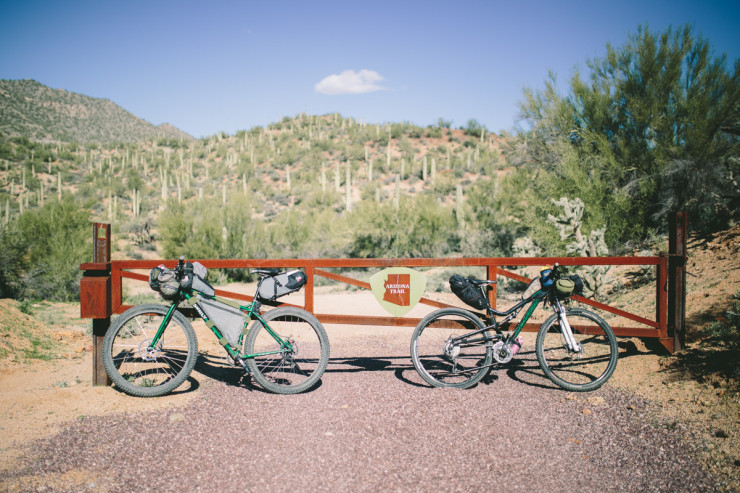
Please keep the conversation civil, constructive, and inclusive, or your comment will be removed.






